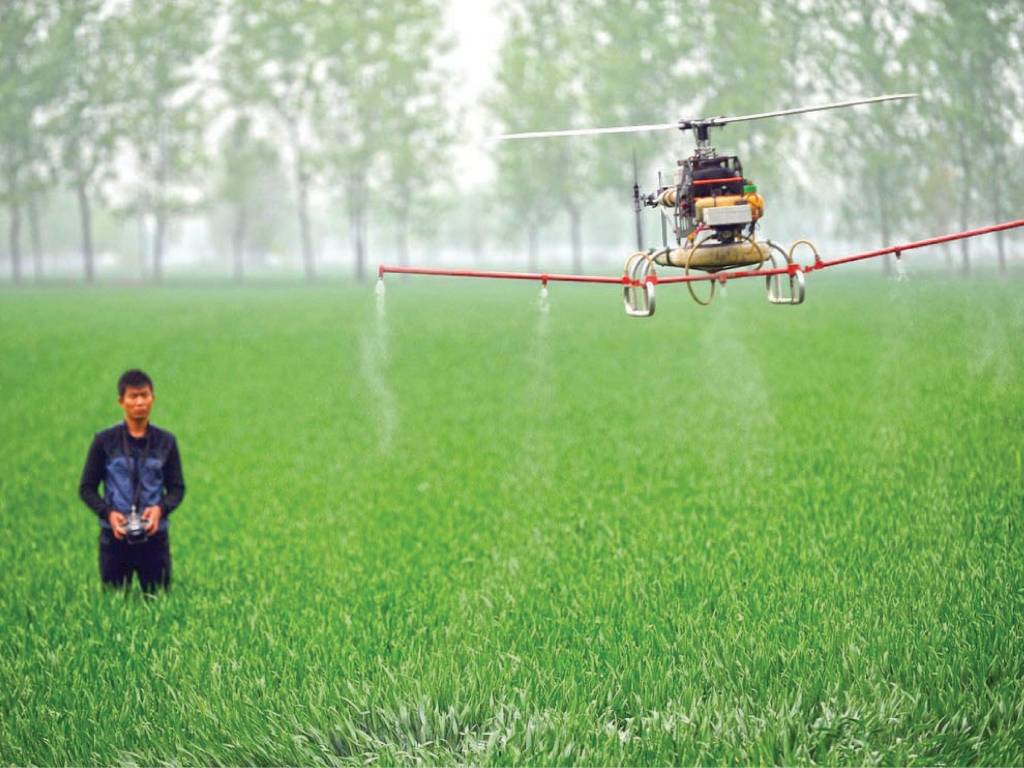
A drone helps a producer to spray fertilizers and other chemicals on its crops in less time with ease, as well as keep an eye on the farm to keep it secure through the drone camera.
Narendra Modi-led government has initiated a subsidy plan, which will cover 50 per cent of the amount of a drone, up to Rs 5 lakh. Farmers will receive financial aid on the drones purchased for farming purposes only.
The initiative comes under the idea of making agriculture technologically synced in order to maintain ease of work with lower time investment, hence improving the financial outcome for the producers.
Marginal farmers, farmers of the northeastern states, and women farmers will be eligible for the 'Drone Subsidy Scheme', while other farmers can get a subsidy on the drone up to Rs 4 lakh, or 40 per cent of its cost.
Meanwhile, the UAVs (Unmanned Aerial Vehicles), commonly known as drones, can be extremely beneficial for crop producers.
Benefits of drones:
1. Spraying insecticides and other chemicals physically in the fields can cause serious health issues for an individual, while spraying them with the help of a drone allows one to do that with just a click, and in less time.
2. Farmers can keep a record of the health of their crops through the high-resolution cameras installed in a drone, that too from the comfort of their home.
3. Where manually spraying chemicals across a vast farm can take hours, drones barely take 10-15 mins to sprinkle them over an area of 1 acre of land. This saves farmers a significant amount of time which can be used for other purposes.
4. Drones can dilute the chemicals required for spraying on the crops in much less water in comparison to the water used when it’s done manually. It can turn out to be cost effective for farmers and conserve water as well.
5. The downward spraying not only cut down the waste of chemicals but also protects the crops from overexposure to the chemical. Soil and chemical wastage are more likely in manual spraying.
















